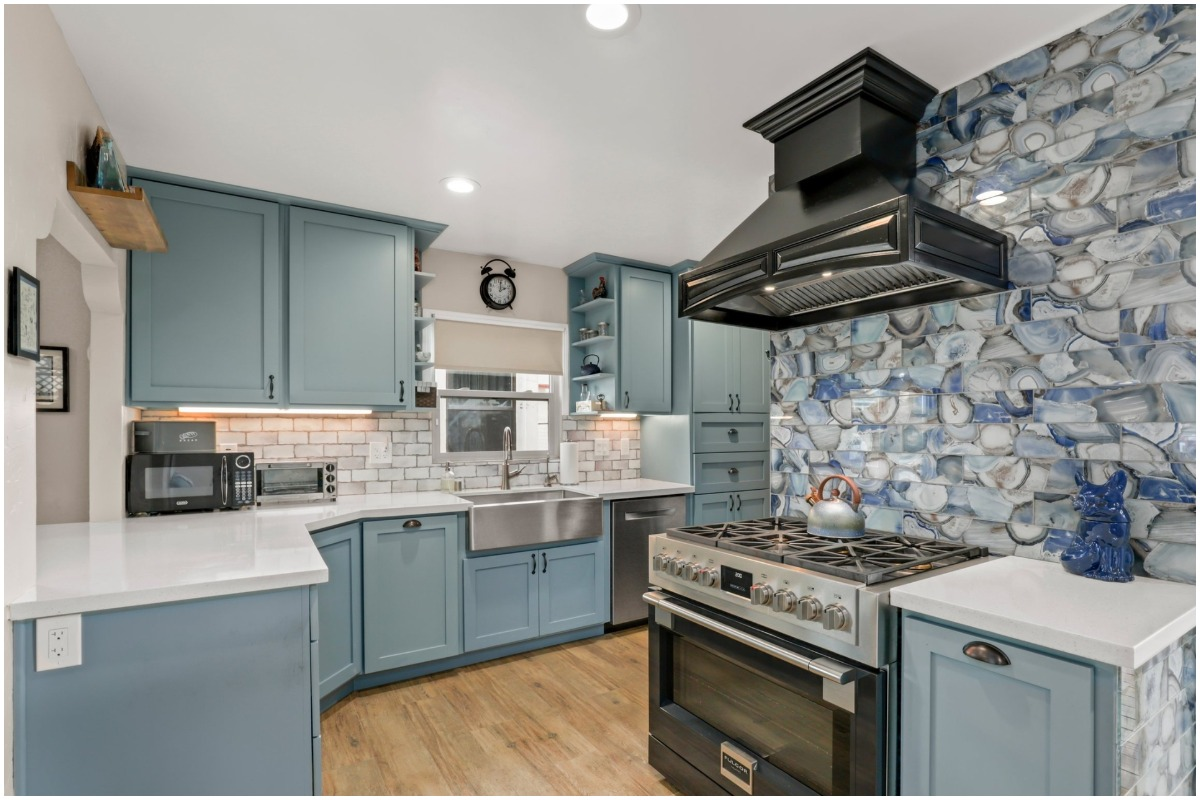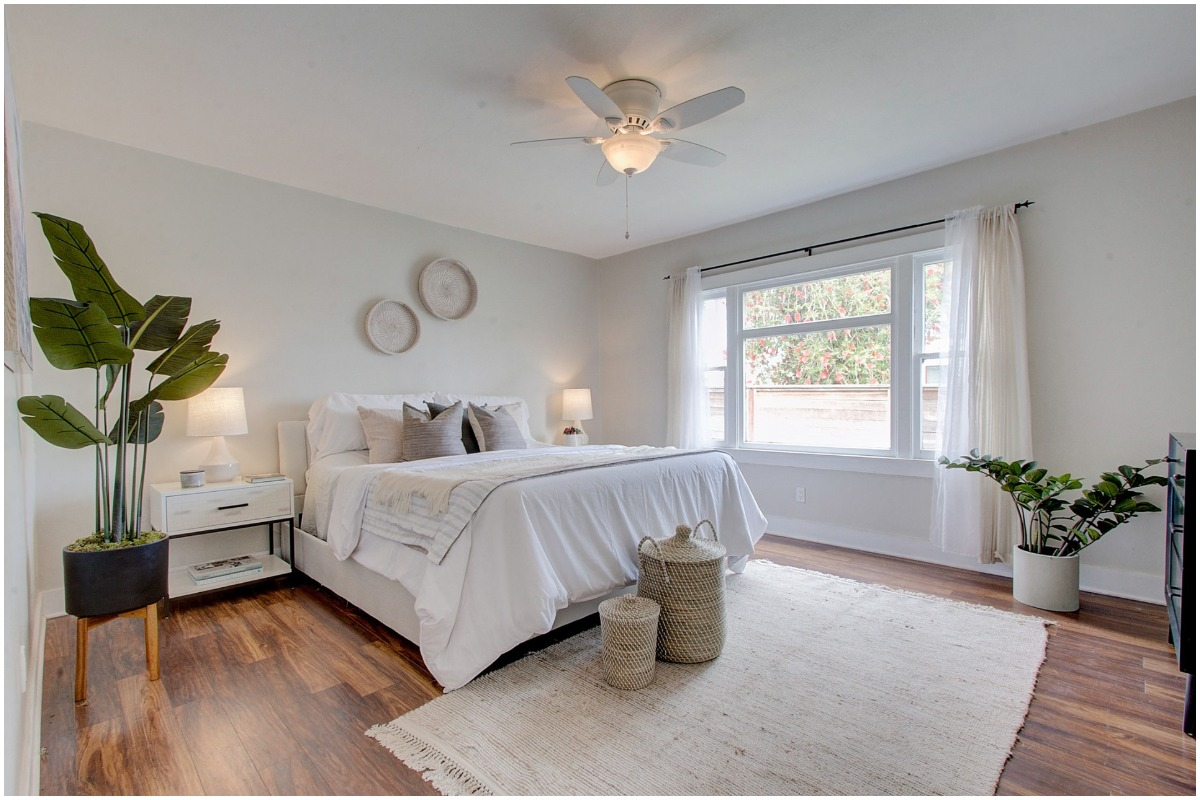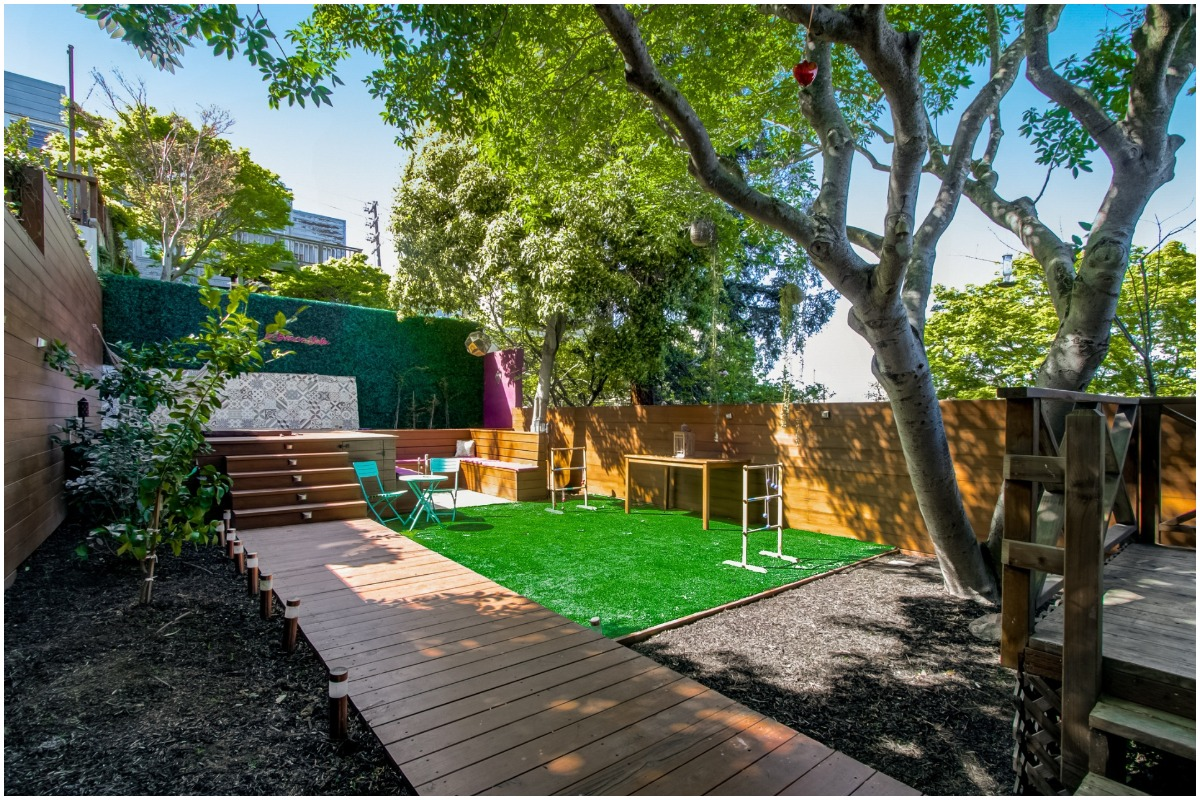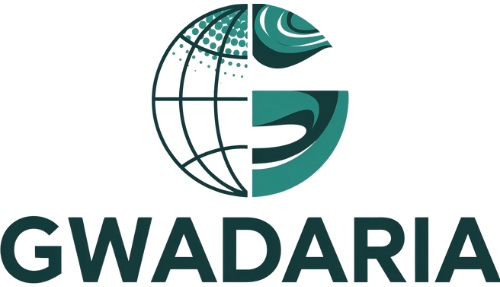Earlier than tenants begin unpacking their containers and settling into their new rental property, there’s one essential doc that must be accomplished: the move-in guidelines. This straightforward but important doc information the situation of a rental property at first of a lease, serving to stop safety deposit disputes and holding each events accountable.
Whether or not you’re renting in Indianapolis or a landlord in Dallas, it’s vital to know what a move-in guidelines is and the best way to full it.
What’s a move-in guidelines?
“A move-in checklist is a detailed document used by both landlords and renters to record the condition of a rental property at the start of a lease,” says Laura Baron, proprietor of All County Denver Metro Property Administration. “It typically includes items such as walls, floors, appliances, plumbing, and fixtures, with space for notes on any existing damage or issues. This checklist is essential for protecting both parties—helping landlords track wear and tear and giving renters peace of mind by preventing disputes over security deposits when they move out.”
Why do landlords and tenants want a move-in guidelines?
Kris Bruce from Inexperienced River Property Administration explains why each events profit from move-in checklists.
“A move-in checklist is a crucial document used by both renters and landlords to accurately record the condition of a rental property at the start of a lease. It typically includes a detailed review of interior and exterior elements such as walls, floors, ceilings, appliances, and fixtures. This thorough documentation helps identify any pre-existing damage or maintenance concerns, setting clear expectations for both parties.”
Transfer-in checklists supply key protections:
For tenants:
Forestall being charged for harm brought on by earlier renters
Doc restore wants up-front
Present written proof in case of a dispute over the deposit
For landlords:
Show when harm occurred and maintain tenants accountable for extreme put on and tear
Guarantee key lease necessities are met (e.g. deposit paid earlier than move-in)
Present documentation to assist claims when retaining a part of a deposit
“They help ensure critical requirements are met,” says Brett Drevlow from Evernest. “After all, would you want to hand your keys over to someone who still hasn’t paid their deposit?”
What’s included within the move-in guidelines?
The move-in guidelines consists of common data that applies to most varieties of properties but additionally gadgets particular to the rental unit being leased. It ought to embody:
Details about the tenant and property
The move-in guidelines ought to begin with common data:
Property handle, unit quantity, and move-in date
Tenant’s identify
Whether or not a storage, storage unit, or parking area is included
Then, break it down room by room with area for notes on the situation of every merchandise.
Common gadgets
Doorways, {hardware}, and locks
Home windows, screens, and coverings
Flooring (wooden, carpet, tile)
Ceilings and partitions
Lighting and shops
Fireplace alarms and smoke detectors
“The more thoroughly the condition of the property is documented at or prior to move-in, the more useful the checklist is when performing the move-out inspection after a tenant vacates,” says Steve Simpson from CFL Property Administration. “AC filter cleanliness, burned out or missing bulbs, dust on ceiling fans and sliding door tracks, mismatched touch-up paint – it should all be documented, and that’s just the beginning.”
Kitchen
Home equipment (fridge, oven, range, dishwasher)
Sink: water strain, drainage, leaks
Cupboards and counters
Lighting and shops

Eating space
Flooring, partitions, and ceilings
Electrical shops and lights
Front room
Flooring (test for stains, harm, or pet put on)
Wall and ceiling situation
Constructed-in shelving or fixtures
Bedrooms
Home windows and locks
Closet doorways and shelving
Wall situation behind doorways

Bogs
Sinks, tubs, and bogs (test for leaks and strain)
Mirrors, cupboards, and towel racks
Exhaust followers and GFCI shops
Needless to say rental property sorts can fluctuate; the record above supplies a common overview. If there are distinctive gadgets particular to the rental unit, these must also be included.
Home vs residence guidelines variations
A single-family house will usually have an intensive guidelines. Some further gadgets listed on a house’s guidelines embody:
Electrical, plumbing, and HVAC programs.
Further outside buildings such because the storage or a shed.
Exterior areas just like the driveway, parking spot, backyard, balcony, or patio.
The garden and any pathways, tables, or coverings within the yard, entryway stairs, and any fences/gates.
“For properties with exterior elements, the checklist may include areas like entryways, porches, decks, garages, assigned parking spots, and yard or landscaping conditions,” says Lori Hendrix of Dennis Property Administration. “Some checklists also note the presence of pests or signs of infestations. The goal is to create a clear, shared understanding of the property’s condition at move-in.”
In the event you’re renting an residence, the guidelines will doubtless be less complicated. Tenants typically aren’t chargeable for widespread areas like hallways, gyms, or lobbies, however you need to nonetheless examine in-unit options like thermostats, gentle switches, and storage.

The right way to document a rental property’s situation – key phrases to know
Detailed note-taking is essential when finishing a move-in guidelines. Listed here are the commonest abbreviations to document the property’s situation:
S – Passable
NC – Wants Cleansing
NM – Wants Upkeep
NP – Wants Portray
NR – Wants Restore
NSC – Wants Spot Cleansing
RP – Wants Changing
SC – Scratched/Scarred
DT – Dented
CP – Chipped
ST – Stained
NA – Not Relevant
Take the time to make notes in regards to the situation of all the pieces within the rental, from the situation of the carpet to marks on the wall or cracked lavatory tiles; you wish to present you didn’t trigger the harm. You possibly can add further notes about every room within the feedback part.
When ought to tenants full the guidelines?
Ideally, tenants ought to fill out the guidelines on move-in day, earlier than bringing in furnishings. Some landlords permit it as much as 72 hours after move-in. If potential, landlords and tenants ought to do a walkthrough collectively to evaluate and log off on the guidelines.
Tenants ought to:
Keep organized and thorough
Submit restore requests instantly
Maintain a signed copy (digital or paper) for future reference
States that require landlords to offer a move-in guidelines
In accordance with Nolo, 14 states require landlords to offer tenants with a move-in guidelines:
Arizona
Georgia
Hawaii
Kansas
Kentucky
Maryland
Massachusetts
Michigan
Montana
Nevada
North Dakota
Virginia
Washington
Wisconsin
It’s nonetheless a good suggestion to doc the rental’s situation, even when the state doesn’t require it. It’ll assist shield each events in case there are authorized disputes. Tenants could also be inspired to take higher care of the property, and landlords can have documentation to assist any charges they maintain from the safety deposit to cowl extreme put on and tear.
